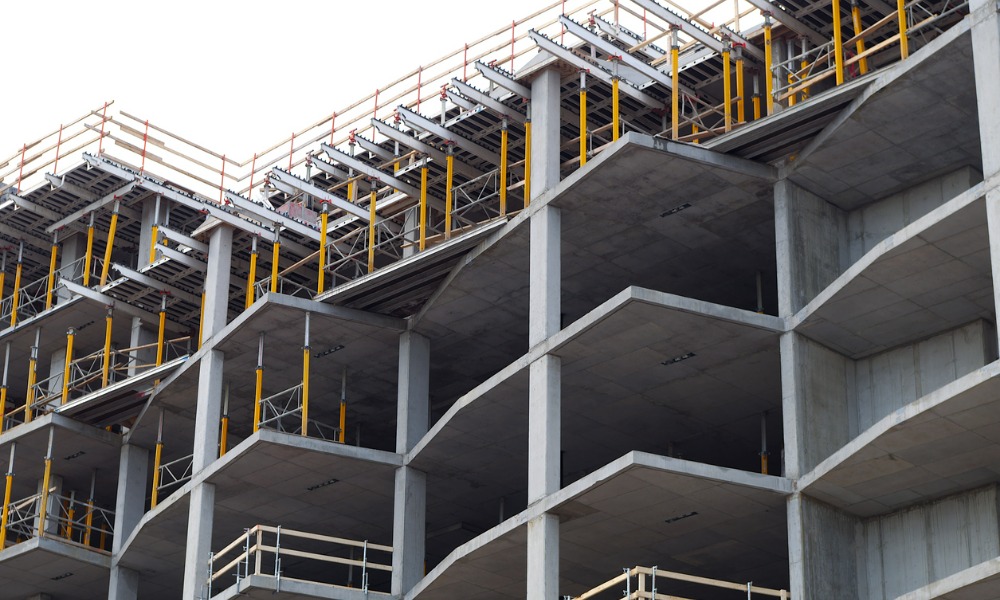
Dispute arises after condo development’s owner went bankrupt in construction's early stages

The motion judge’s identification of the relevant rules of statutory interpretation, interpretation of Ontario’s Construction Act, 1990, and application of that interpretation to the facts lacked errors, the Ontario Court of Appeal said in a recent case.
The appellants in the case were lien claimants who furnished services to the owner of a condominium development. The development’s owner went bankrupt in the construction’s early stages.
A dispute arose relating to the quantum of the priority to which the appellants were entitled under s. 78(2) of Construction Act. Under s. 22(1) of that legislation, the owner had to retain a holdback equal to 10 percent of the price of the services or materials that the appellants provided. However, the development’s owner did not hold back any of the required funds.
The appellants argued that, to the extent that there were deficiencies in the holdbacks when calculating the quantum of the priority in the lien claimants’ favour under s. 78(2), they were entitled to a priority of 20 percent since there were two building mortgages involved.
The respondent in the case was the receiver. The respondent contended that, under the scheme that the Construction Act established, there was only one holdback regardless of the number of building mortgages. For the purposes of s. 78(2), any deficiency in the holdback would be determined by deducting any amount that the owner held back from the 10-percent requirement in s. 22.
Justice Michael Penny of the Ontario Superior Court of Justice agreed with the respondent’s position, which prompted the appellants to take the case to the appellate court.
On appeal, the respondent asserted that the appellate court should refuse leave to appeal since the appellants lacked a right of appeal under s. 193 of the Bankruptcy and Insolvency Act, 1985. In response, the appellants said that they had a right of appeal under s. 193(c), which made an appeal available if the subject property exceeded $10,000 in value.
In BCIMC Construction Fund Corporation v. 33 Yorkville Residences Inc., 2023 ONCA 1, the Ontario Court of Appeal granted leave to appeal but dismissed the appeal.
Regarding leave to appeal, the appellate court found it unnecessary to determine whether the appellants had a right of appeal. The appeal raised an important matter of statutory interpretation, which would be helpful for the appellate court to resolve.
The appellate court noted that the appellants’ position on the merits was arguable and that allowing the appeal to proceed would not significantly interfere with any ongoing proceeding.
About the merits, the Court of Appeal ruled that the motion judge correctly identified and applied the modern purposive and contextual approach to statutory interpretation and reviewed factors including the provision’s language, context, and purpose.
The judge also reviewed the relevant authority, namely G.M. Sernas & Associates Ltd. v. 846539 Ontario Ltd. (1999), 48 C.L.R. (2d) 1 (Ont. S.C.), the appellate court said.